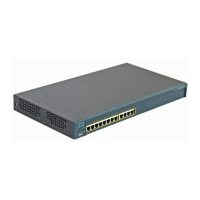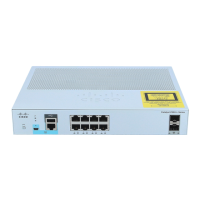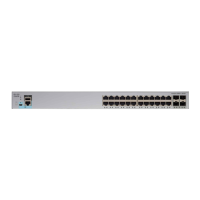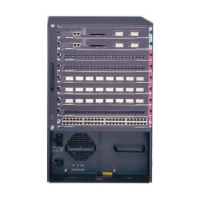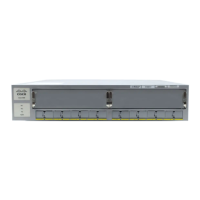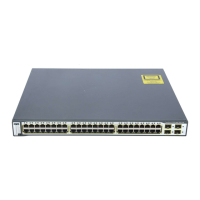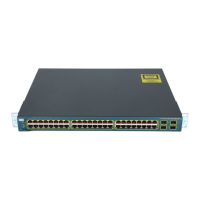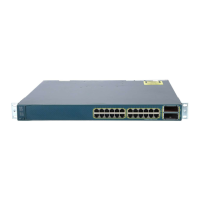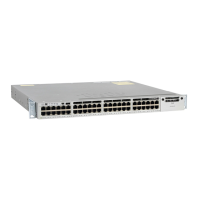8-9
Catalyst 2900 Series XL and Catalyst 3500 Series XL Software Configuration Guide
78-6511-05
Chapter 8 Configuring VLANs
Assigning VLAN Port Membership Modes
Static-access and
trunk ports
Recommended “Configuring VTP Server
Mode” section on
page 8-21
Add, modify, or remove
VLANs in the database as
described in the
“Configuring VLANs in
the VTP Database” section
on page 8-32
“Assigning Static-Access
Ports to a VLAN” section
on page 8-35
“Configuring a Trunk
Port” section on page 8-38
You can configure at least one
trunk port on the switch and make
sure that this trunk port is
connected to the trunk port of a
second switch.
Some restrictions apply to trunk
ports. For more information, see
the “Trunks Interacting with Other
Features” section on page 8-37.
You can change the VTP version on
the switch and enable VTP
pruning.
You can define the allowed-VLAN
list, change the pruning-eligible
list, and configure the native
VLAN for untagged traffic on the
trunk port.
Dynamic-access
and
trunk ports
Yes “Configuring Dynamic
VLAN Membership”
section on page 8-57
“Configuring Dynamic
Ports on VMPS Clients”
section on page 8-58
“Configuring a Trunk
Port” section on page 8-38
so that the VMPS client
can receive VTP
information from the
VMPS
You must connect the
dynamic-access port to an end
station and not to another switch.
Configure the VMPS and the client
with the same VTP domain name.
You can change the reconfirmation
interval and the retry count on the
VMPS client switch.
You can define the allowed-VLAN
list, change the pruning-eligible
list, and configure the native
VLAN for untagged traffic on the
trunk port.
Table 8-3 VLAN Combinations (continued)
Port Mode VTP Required? Configuration Procedure Comments
